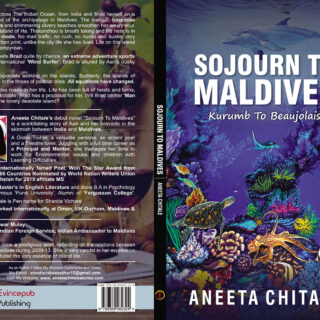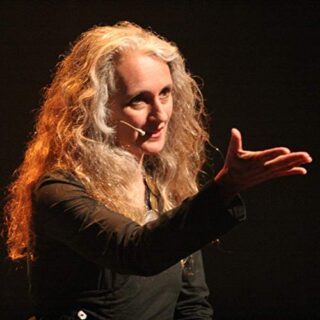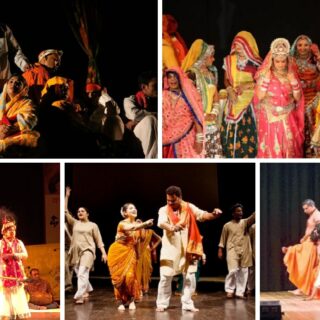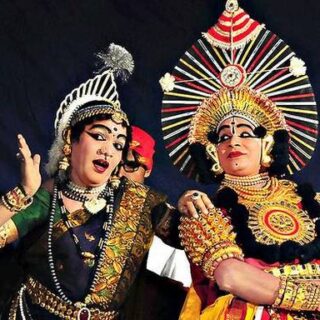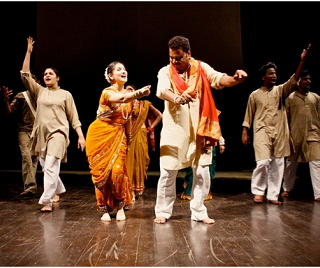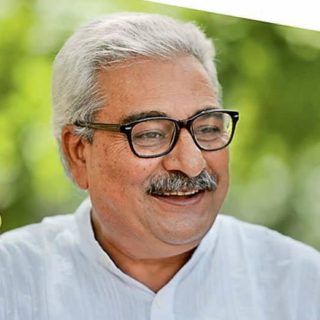Aneeta Chitale: Sojourn to Maldives – Book Review / Interview
The turbulent times between the years spanning from 2008 to 2014 is presented on the canvas. The relations between the two countries were totally raptured in this era. The entire plethora of Indian nationals and foreigners had gone berserk. I had to study it in detail and follow it consistently.



